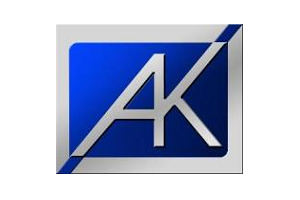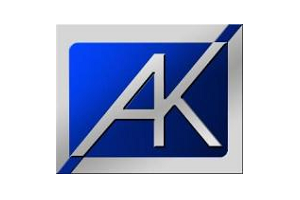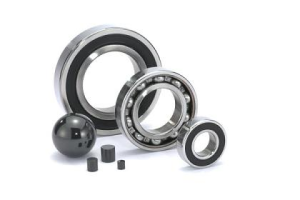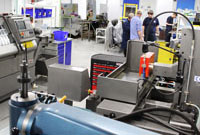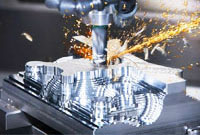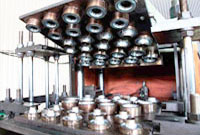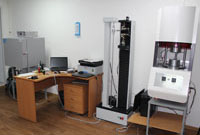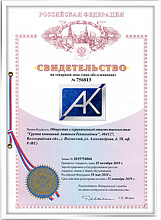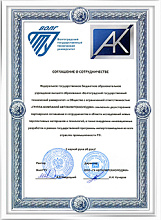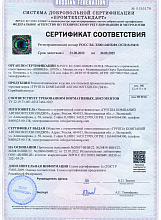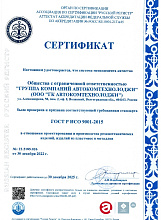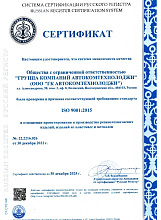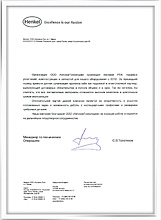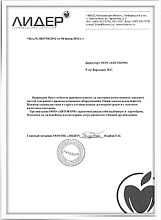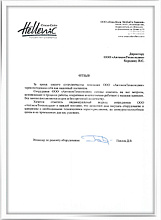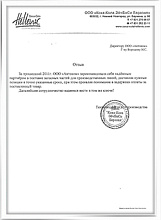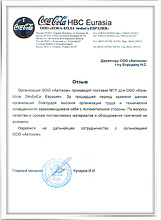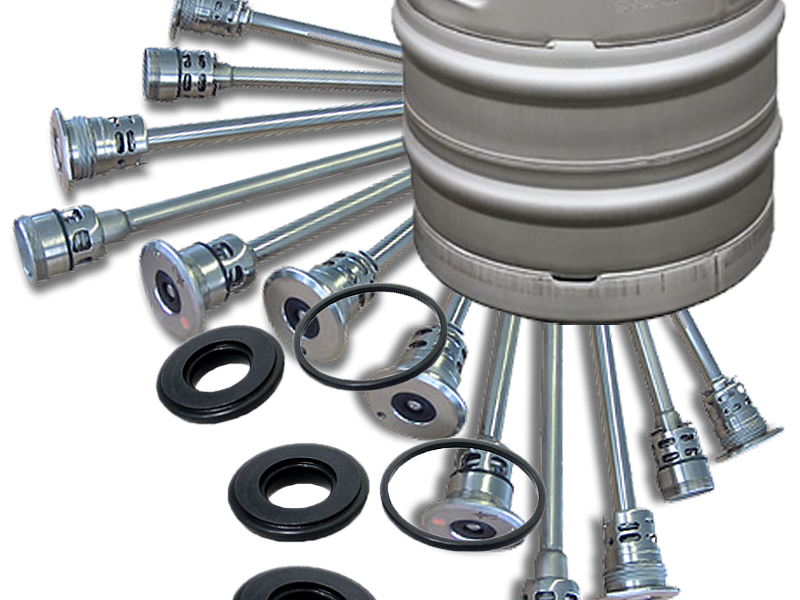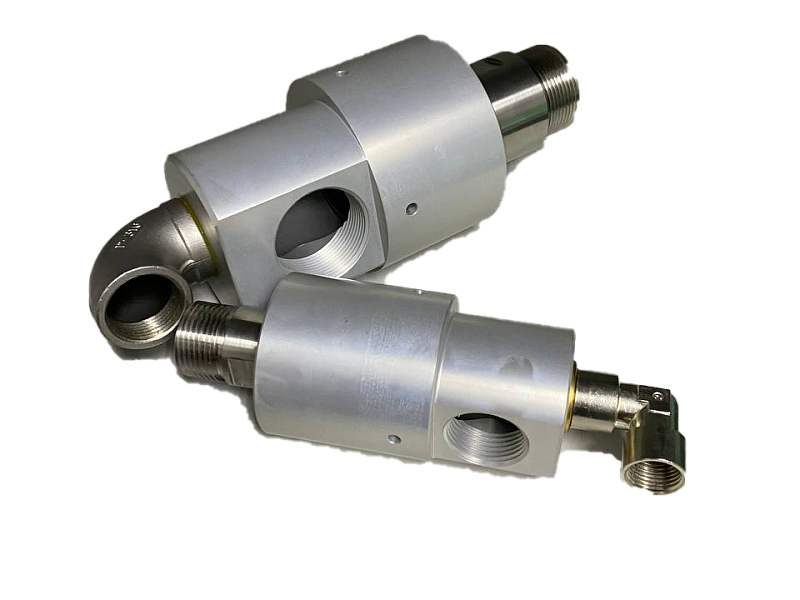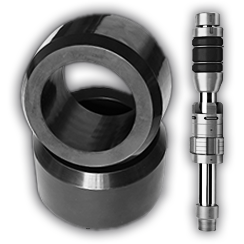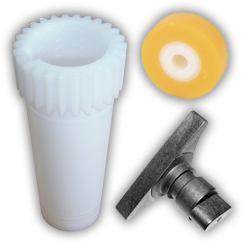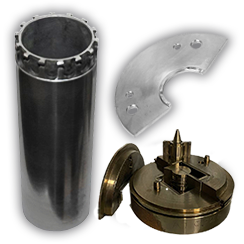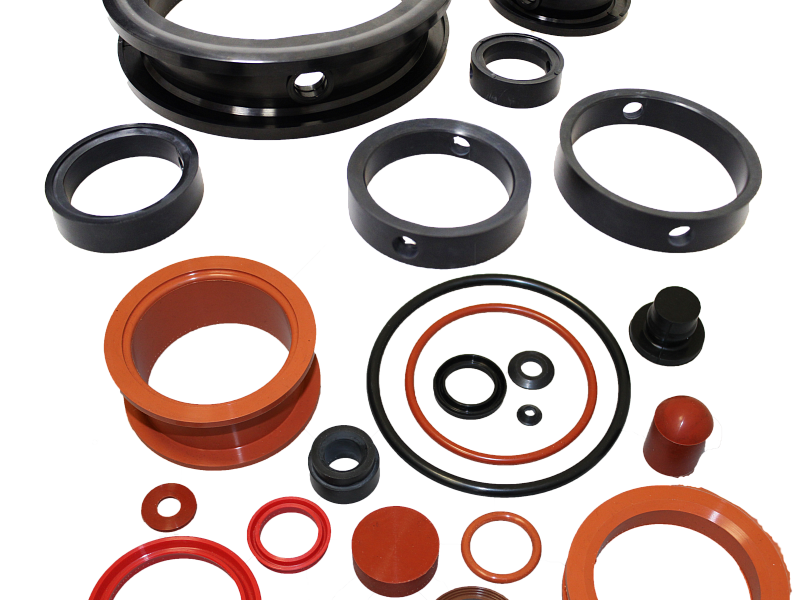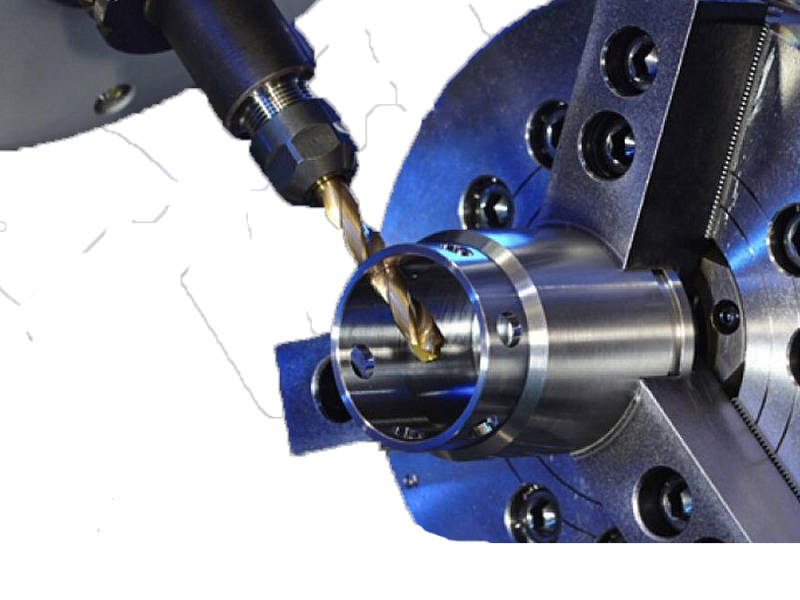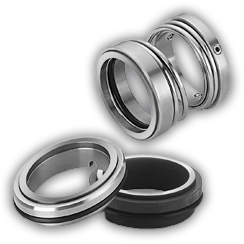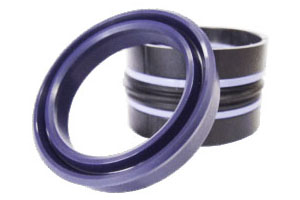
Hydraulic seals, one of the important components, on which depends the performance and reliability of hydraulic and pneumatic components and mechanisms. However, the seals are also the weakest component of hydraulic systems, with damage, which the hydraulic cylinder becomes inefficient, which affects the simple equipment. Improving the properties and quality of seals, directly affects the pace of development of hydraulic and pneumatic components and mechanisms.
A reliable seal system in the cylinder is influenced by many factors, and these factors must be taken into consideration, starting with the design phase of each node. The seal manufacturer is responsible for the quality of its products. Materials for production must comply with specified specifications.
This goal can be achieved when there is a team of specialists able to concentrate their attention on each node of your mechanism individually and take into account all possible factors affecting the operation of the hydraulic system.
Thanks to the accumulated experience, constant improvement of professional skills and information exchange between the manufacturer and the consumer, we are pleased to offer you the most advantageous and high-quality solution for sealing your cylinder.

Pressure.
A high pressure value, in combination with the size of the gap between the rod and the piston, can cause premature wear of the seal and, as a consequence, leakage in the hydraulic cylinder. In addition to the normal operating pressure in the hydraulic system, you may encounter peak values and sudden pressure drops. Special seal profiles AvtokomTehnolodgy group of companies for peak high pressures and with constant changing values, will help to maintain the stable operation of your mechanism.
Special attention should be given to a hydraulic system with an extremely low pressure value, since in this case it is necessary to observe the calculated elastic modulus and apply special sealing profiles. The AvtokomTehnolodgy group of companies, applies modern technical developments and finds the right solution for all operating conditions thanks to a wide range of developed seals made from various high-quality materials and their connections.
Temperature.
The performance and service life of the seals is affected by a variety of factors, such as fluid media, ambient temperature and temperature generated by friction. Critical values can be considered temperatures above + 90°C and below -30°C. In these two values, the main risk can be associated with a change in the properties of the sealing element that affect the shape and hardness of the material. Thanks to a wide range of high-quality and modern materials, we are ready to offer you seals that function excellently at temperatures from -50°C to + 220°C.
Speed.
To assess the speed of work when selecting a cuff, it is necessary to take into account the surface roughness, and as a consequence, the temperature caused by friction, as well as the temperature of the working fluid. These three factors affect the maximum speed that the cylinder system can withstand.
Speed indicators from 0.03 to 0.3 m/s ensure the safe functioning of the seal system. At very low speed, the minimum hydraulic pressure can not provide the usual thickness of the oil film between the sealing edge and the sliding surface. The film will be constantly interrupted. As a result of this, friction will cause a sticking effect and provoke the wear of the seal.
Specially developed seal profiles AvtokomTehnolodgy group of companies, combined with the use of modern high-quality materials, can be used for very low speeds without loss of sealing effect. At very high speeds, hydraulic pressure can separate the sealing lip from the contact surface. In this region, the temperature increases and the viscosity of the liquid decreases, and the consequence may be a leak in the hydraulic cylinder. Various materials (mixtures of polyurethane, rubber and PTFE), of which our seals are made, are suitable for use at any speed.
Oils.
Mineral and hydraulic oil is mainly used in hydraulic cylinders. The manufacturer and the end user, as a rule, check the characteristics of each liquid in accordance with their specific requests.
However, there may be doubt as to the compatibility of the oils and the seal system. Excellent results were given by tests carried out in hydraulic oil, subject to biodegradation. In table 1, you can find all the necessary information about the compatibility of seal materials with various liquids.

Surface roughness.
The service life of the seal depends on the quality of the contact surface. It is necessary to avoid scratches, holes, jags, porosity and dents from the mounting tools. It is very important to monitor the quality of the surface, especially in cases where the sealing element slides on it in a dynamic mode (table 2).
The main parameters for determining the quality of the surface are the parameters: Ra, Rz, Rmax, which correspond to ISO 4287/1.
Table 3 proves that the values of Rz and Ra are insufficient to select the type of compaction. The maximum values of the surface roughness show that in the case of the coincidence of Rz and Ra, the profile with a smaller value of RMR represents a wider contact surface of the seal. As a result, the life of the cuff is increased. The recommended surface roughness for materials is shown in table 3.
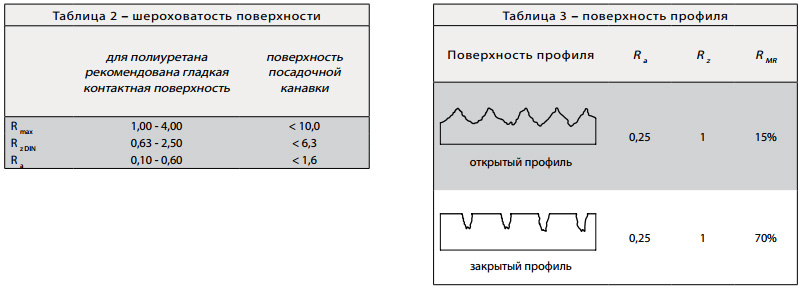
Materials.
The sealing system consists of several components, each of which has its own properties. These components allow you to work appropriately under different conditions. Consequently, the right choice of material is the first strategically important factor for the manufacturer.
Due to the great experience in the production of seals, AvtokomTehnolodgy group of companies uses the following materials:
- various mixtures of polyurethane. They have a high modulus of elasticity, low residual deformation and hardness according to their application. These mixtures are used for the manufacture of rod and piston seals, oil-removal rings and some static seals;
- filled polyester resin used in the manufacture of anti-extrusion rings and certain composite seals;
- elastomers from various compounds according to their application. The most common of them is NBR (butadiene-nitrile rubber), from which O-rings are made and some seals of several elements. Other connections refer to special mixtures (FKM, EPDM) and are described in detail in the section "O-rings" (page 1.7.11 in the catalog);
- pure or filled fluoroplastics with various fillers (for example, glass, coal, graphite, bronze, etc.).
Note: the color differences of the sealing elements are possible, these changes do not affect the mechanical characteristics of the products.
 en
en
 Русский [ru]
Русский [ru]